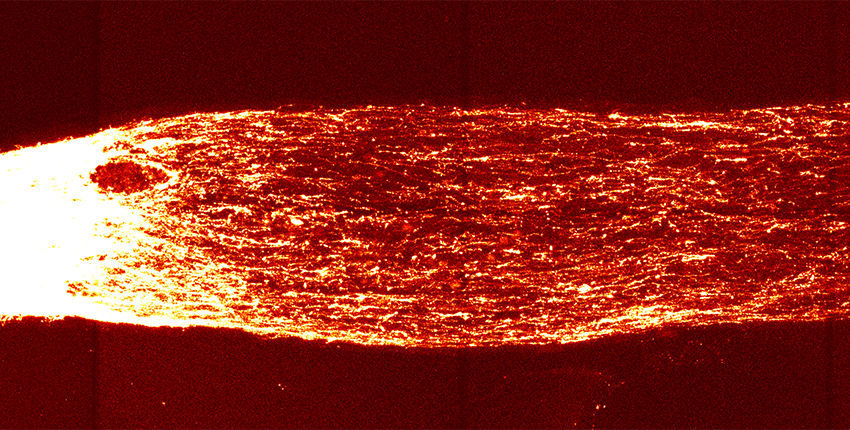
Axons regenerate after nerve injury in aged mice given OSK treatment. Image credit: Yuancheng Lu, Harvard Medical School.
Harvard Medical School scientists have successfully restored vision in mice by turning back the clock on aged eye cells in the retina to recapture youthful gene function.
The team’s work, described Dec. 2 in Nature, represents the first demonstration that it may be possible to safely reprogram complex tissues, such as the nerve cells of the eye, to an earlier age.
In addition to resetting the cells’ aging clock, the researchers successfully reversed vision loss in animals with a condition mimicking human glaucoma, a leading cause of blindness around the world. The achievement represents the first successful attempt to reverse glaucoma-induced vision loss, rather than merely stem its progression, the team said. If replicated through further studies, the approach could pave the way for therapies to promote tissue repair across various organs and reverse aging and age-related diseases in humans.